One Size Does Not Fit All: The Dangers of Promoting One Body Type
The whole “one size fits most” concept may work for baseball hats or watches, but this logic does not and will not ever hold up for clothing. According to a study conducted by the International Journal of Fashion Design, Technology, and Education, the average size for American women is between 16 and 18; however, the majority of pieces at Brandy Melville range around sizes 0-5. Brandy Melville has surged in popularity over the past few years due to its trendy clothing targeted towards teens, but its sizing needs to be reformed because it promotes the wrong idea: that all females should only be one body type.
By just a quick scroll on Brandy Melville’s website or Instagram, the viewer can quickly conclude a commonality among all the models: they are tall, skinny and beautiful. However, upon clicking on the trendy items ranging from halter tops to turtlenecks, there is yet another commonality: nearly all of the items only have one size. Typically, the items will say “fits size X-small/small” or “small/medium.” The brand has over 3.8 million followers on Instagram, so clearly they are reaching a large audience, which is even more concerning due to the fact that such a popular brand is promoting the idea that there is one ideal body type, and if someone does not fit that, then they cannot wear those clothes.
Showing teenagers—who already are at an impressionable and vulnerable age—that there is a preferred body type as they are growing up and maturing into their bodies is extremely damaging to their self esteem and mental health. If teens do not fit into this alleged “one size fits most,” then what does that say about them? Are they not considered conventionally beautiful? When teens are constantly bombarded with the same images of the same types of women, then that can lead to body insecurity or even body dysmorphia. There is no doubt that brands such as Brandy Melville are aware that they are excluding such a major number of teens and young adults who are larger than their targeted demographic, but the question is— why they are doing this?
Recently, yoga brand Lululemon revealed that they only sell sizes 0-12 because larger sizes are not as profitable. “While we know that doesn’t work for everyone and recognize fitness and health come in all shapes and sizes, we’ve built our business, brand and relationship with our guests on this formula,” they stated on their Facebook page in 2013. And although most brands’ ultimate goal is to be profitable, they do have an unspoken responsibility as large influencers to be inclusive and not leave out the majority of the world just because it does not fit their aesthetic. Regardless of the reason, there is no excuse in this day and age to not be inclusive of all body types, because humans are so varied in shapes and sizes.
And unfortunately, even when some brands take a step in the right direction, they seem to later take one step back. American Eagle vowed to stop photoshopping their models in 2014 to be transparent with their consumers, and they have an extensive size range (00-20 in their jeans) with models of all sizes. For a brand so popular with teens, these are major steps in promoting body positivity rather than body exclusivity. However, the brand also partnered with Don’t Ask Why to release a line of one-sized clothing, a marketing move that is disappointing to hear from an otherwise inclusive brand. Even brands that have made strides towards becoming more accepting of different body types have still fallen victim to the exclusive aura surrounding brands like Brandy Melville.
Overall, if products such as Brandy Melville do not cater towards the average woman, then who is their target audience? Not everyone is a size two, which is not exactly groundbreaking, despite the fact that many brands tend to fixate on those sizes. Brands need to expand their size ranges and eliminate “one size fits most” sizing because in reality, one size does not in fact fit most.

Jess Ferguson is a senior and an Editor-in-Chief of The Rebellion. At Walpole High School, she is a director in the Film Festival and a member of the National...


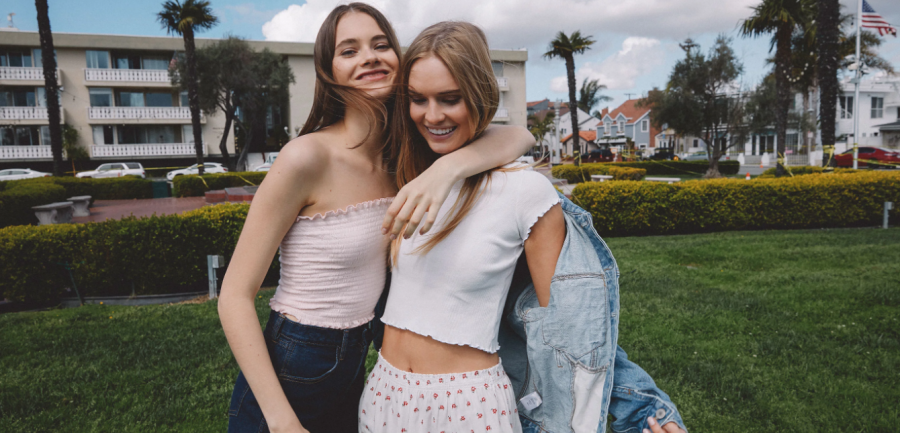

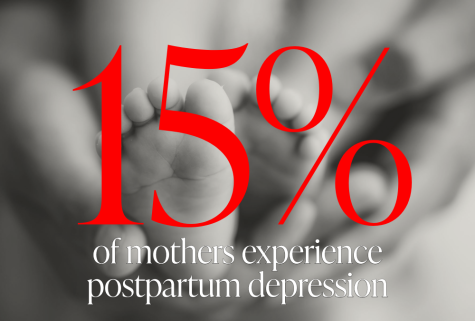


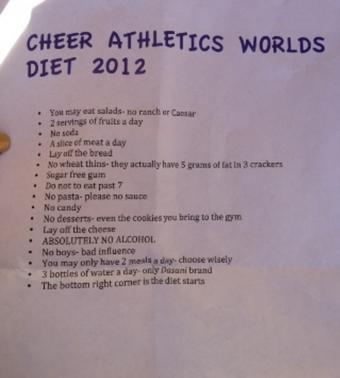


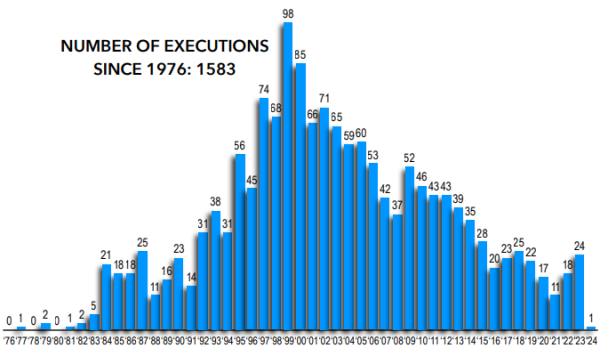
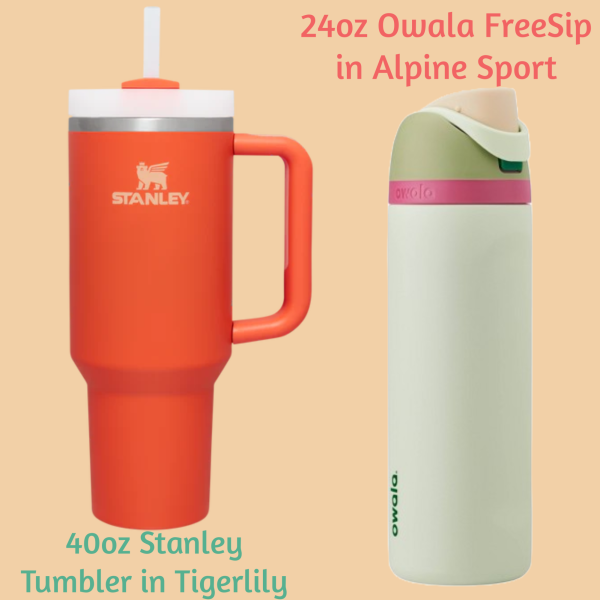






Barbara Theodore • Mar 18, 2019 at 3:50 pm
Great article. Thanks for speaking up about this.